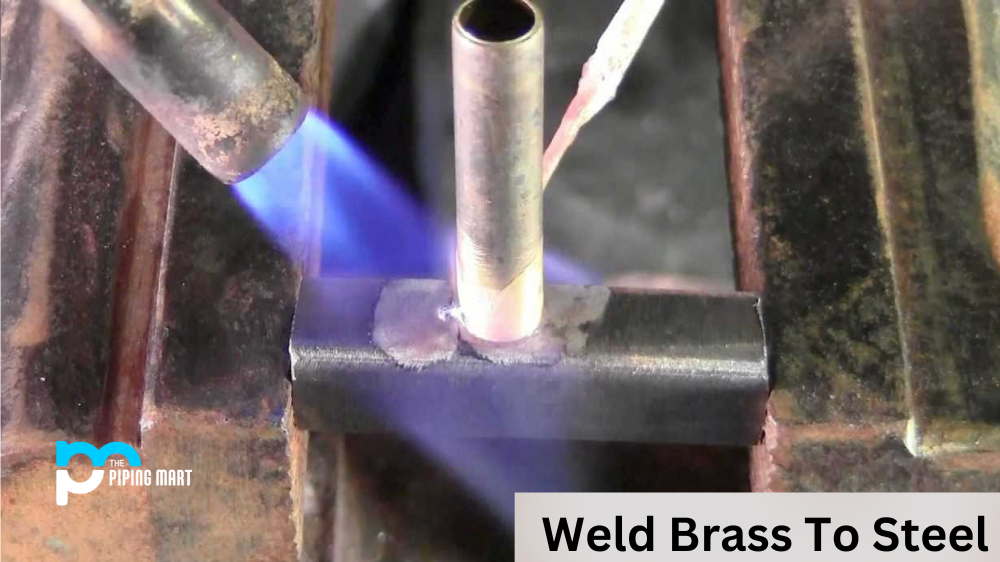Whether you are an engineer, a machinist, or a DIYer, understanding the strength of various metals is key to ensuring your projects can withstand the test of time. In particular, stainless steel and aluminum are two common materials whose strength can be tested in various ways. Let’s look at how we can measure and compare the strength of these two metals.
Tensile Strength Test
One way to compare the strength between stainless steel and aluminium is through a tensile strength test. This test measures how much force it takes to pull apart (or elongate) a material until it breaks. For this kind of test, engineers typically set up equipment that applies a constant rate of force while measuring the amount of strain on the material. They then use this data to calculate how much force is needed to break the material. The results from such tests clearly show that stainless steel is far stronger than aluminum in terms of tensile strength.
Brinell Hardness Test
Another way to compare the strength between stainless steel and aluminium is through a Brinell hardness test. This test uses hard balls pressed into metal surfaces with calibrated forces to measure hardness values. Engineers then use these values to indicate how strong each material is against indentation or deformation by other objects (such as tools). Again, such tests show that stainless steel is much harder than aluminum when subjected to indentation or deformation forces.
Strength-to-Weight Ratio Comparison
Finally, engineers may consider comparing these two materials based on their strength-to-weight ratios (known as specific strengths). This ratio looks at how much weight each material can support given its specific dimensions, allowing engineers to understand better which materials are best suited for certain applications that involve heavy loads and minimal surface area. In this case, aluminium has an advantage over stainless steel because it weighs less but still provides good structural integrity.
Conclusion:
Comparing the strengths between stainless steel and aluminum can be done in several ways—but most often involves some testing or analysis. While both materials have their advantages and disadvantages depending on application needs, it’s clear that stainless steel outperforms aluminium regarding tensile strength, hardness values, and overall structural integrity (especially when weight considerations come into play). Understanding these differences can help ensure your projects remain safe and secure for years down the road!

Abhishek is a seasoned blogger and industry expert, sharing his insights and knowledge on various topics. With his research, Abhishek offers valuable insights and tips for professionals and enthusiasts. Follow him for expert advice on the latest trends and developments in the metal industry.




